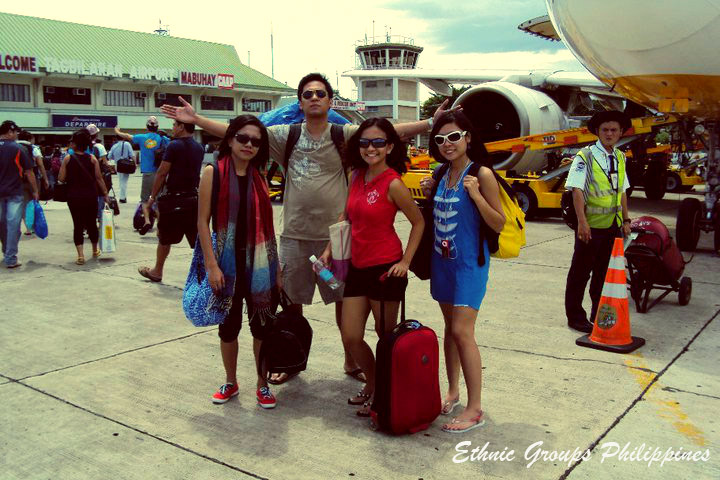 9 May 2014
9 May 2014
MANILA, Philippines – While the Philippine tourism industry scrambled to lure millions of visitors — and succeeded to a large extent — the past three years also saw a surge in the number of Filipinos traveling abroad. Thanks to the massive campaigns of the Department of Tourism (DOT) enticing people to explore the world and the growing pool of inexpensive airlines, many locals can now afford plane tickets.
The Philippines is a developing country, and a major segment of the population still struggles to make ends meet. Household and educational expenses leave very little spare funds, so that traveling is rarely feasible, be it locally or internationally. Up to a decade or so ago, the word “travel” was associated with the moneyed class and those with high-paying jobs. The entry of the so-called budget airlines changed the game, helped along by the Philippines’ robust economic performance in recent years. Many young Filipinos are now able to go overseas for leisure, and their number is increasing.
Surveys show that outbound passengers increased 9% last year, and more international routes were opened to accommodate them. The low-cost fares and promos offered by competing airlines stretched the shoestring budgets of many a Filipino. Furthermore, the Internet and mobile gadgets have made it very convenient for a prospective tourist to reserve tickets and scout for the best deals available.
Meanwhile, various countries allow visitors to stay for a certain span of time without having to secure visas — a strong magnet for Filipino tourists. The DOT listed 26 destinations that do not require a visa: Andorra, Bolivia, Brazil, Cambodia, Colombia, Cook Islands, Costa Rica, Ecuador, Haiti, Fiji, Holy See (Vatican), Hong Kong, Indonesia, Israel, Jeju Island (South Korea), Laos, Macau, Malaysia, Mexico, Mongolia, Peru, Saint Vincent and the Grenadines, Samoa, Singapore, Thailand, and Vietnam. And since entry permits to countries such as the US and European Union are costly, visa-free places are more attractive. Besides, the trip to nearby countries is much shorter. Asian destinations that Filipinos frequent most are Hong Kong, Singapore, Malaysia, Thailand, and Cambodia. With the improved visa guidelines of Japan and South Korea, Filipino travelers will likely flock to both countries soon.
By traveling, we learn about people, history, and culture; we gain certain “ground level” knowledge that we don’t get from reading books or going to school. We get a better perspective of and insight into other cultures. The inquisitiveness of the younger generation and their desire to “see the planet” will take them far from their comfort zone and, hopefully, they will return home with valuable lessons. Sixty-one percent of today’s youth are of working age; as they move up the income bracket, expect the international airports to be busier.
